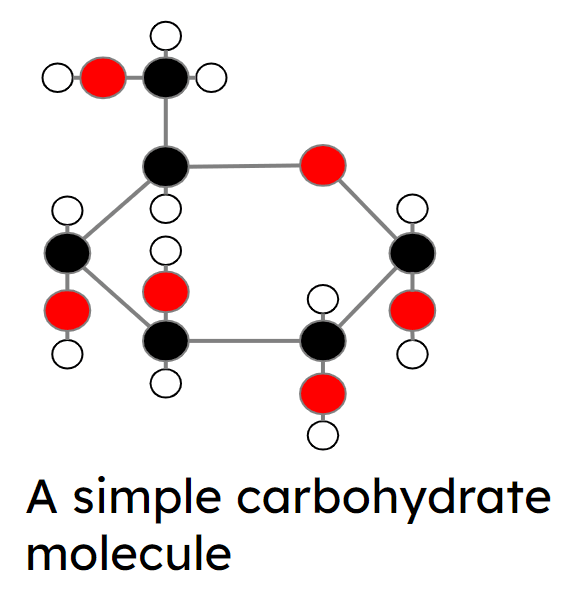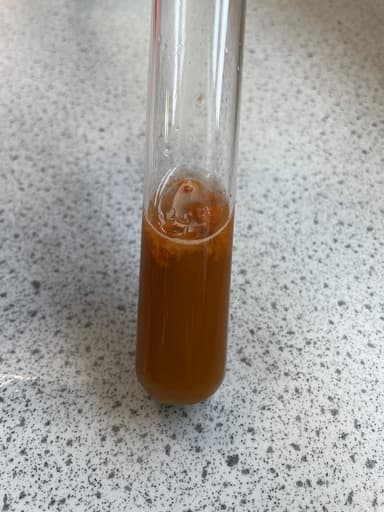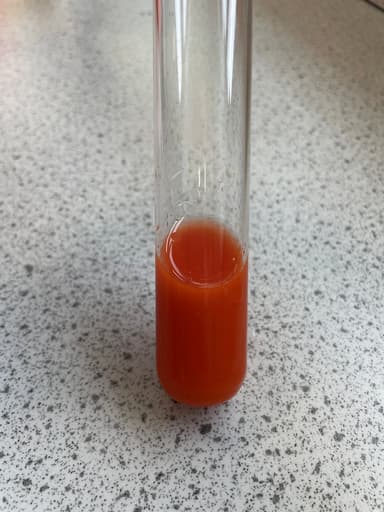Tests for biological molecules
I can carry out tests for biological molecules, including sugars, starch, proteins and lipids.
Tests for biological molecules
I can carry out tests for biological molecules, including sugars, starch, proteins and lipids.
These resources will be removed by end of Summer Term 2025.
Lesson details
Key learning points
- A reagent called Benedict’s solution is used to test for reducing sugars, including glucose.
- A reagent called iodine solution is used to test for starch, a type of carbohydrate.
- A reagent called Biuret solution is used to test for protein.
- Ethanol (a type of alcohol) is used to test for lipids.
- Interpretation of qualitative food test results.
Keywords
Reagent - A chemical used to test for a type of biological molecule.
Qualitative - A test in which the result is based on an observation.
Quantitative - A test in which a measurement produces numerical data.
Common misconception
Mistakes on method, results confusion, and poor descriptions using inaccurate terminology.
Methods and results are described, demonstrated and tested throughout, and methods tried by pupils with results gathered and analysed. Repeated review of results occurs throughout the lesson, and methods and results are applied to novel questions.
To help you plan your year 10 biology lesson on: Tests for biological molecules, download all teaching resources for free and adapt to suit your pupils' needs...
To help you plan your year 10 biology lesson on: Tests for biological molecules, download all teaching resources for free and adapt to suit your pupils' needs.
The starter quiz will activate and check your pupils' prior knowledge, with versions available both with and without answers in PDF format.
We use learning cycles to break down learning into key concepts or ideas linked to the learning outcome. Each learning cycle features explanations with checks for understanding and practice tasks with feedback. All of this is found in our slide decks, ready for you to download and edit. The practice tasks are also available as printable worksheets and some lessons have additional materials with extra material you might need for teaching the lesson.
The assessment exit quiz will test your pupils' understanding of the key learning points.
Our video is a tool for planning, showing how other teachers might teach the lesson, offering helpful tips, modelled explanations and inspiration for your own delivery in the classroom. Plus, you can set it as homework or revision for pupils and keep their learning on track by sharing an online pupil version of this lesson.
Explore more key stage 4 biology lessons from the Biological molecules and enzymes unit, dive into the full secondary biology curriculum, or learn more about lesson planning.

Equipment
Distilled water, Benedict's solution, Biuret's solution, sodium hydroxide, iodine solution, ethanol, test/boiling tubes, bung, pipettes, 60ºC water bath, safety goggles.
Content guidance
- Risk assessment required - equipment
Supervision
Adult supervision required
Licence
Starter quiz
6 Questions
amino acids
sugar

Exit quiz
6 Questions
starch
reducing sugar
protein




